
Street Art
-
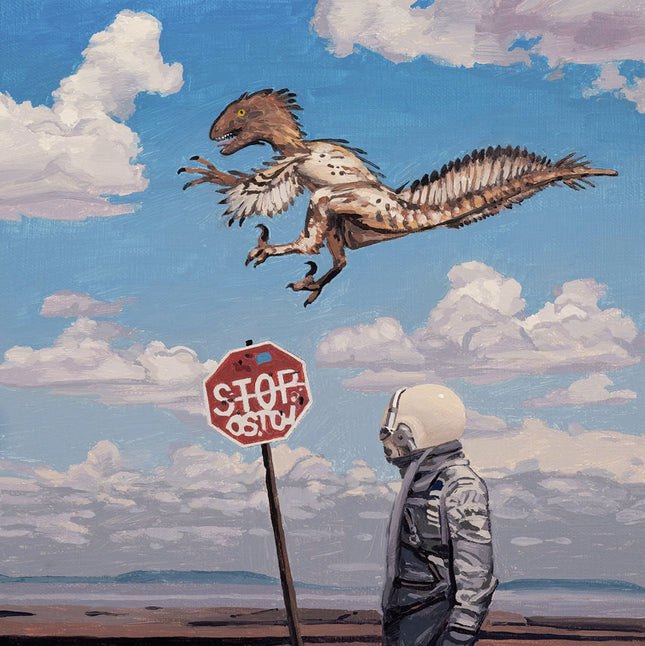
Scott Listfield Deinonychus Original Oil Painting by Scott Listfield
Deinonychus Original Oil Painting by Scott Listfield One of a Kind Artwork on Canvas by Street Art Pop Artist. 2022 Signed Oil Original Painting Size 10x10
$2,117.00 $1,799.00
-
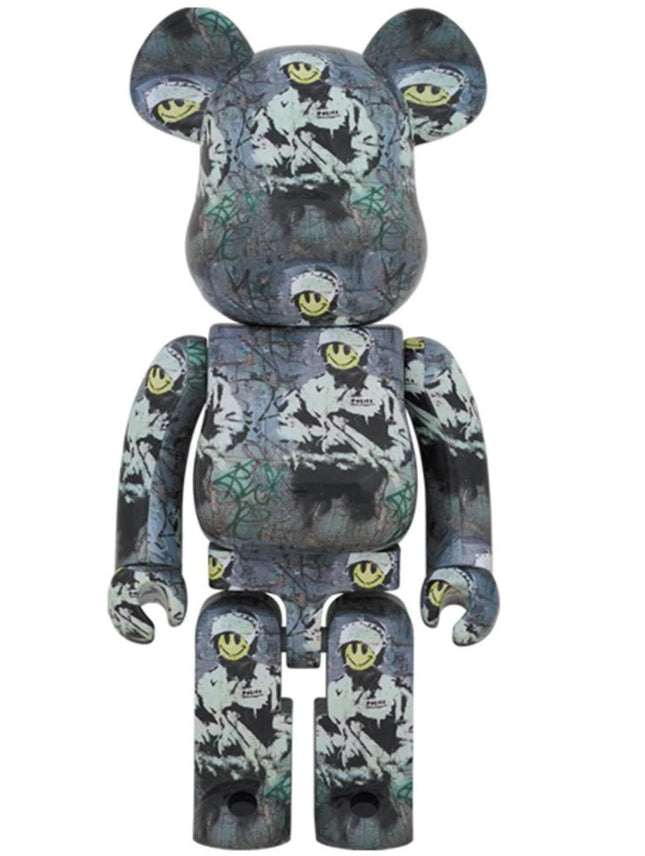
Brandalism & Brandalised Riot Cop 1000% Be@rbrick by Brandalised x Medicom Toy x Banksy
Riot Cop 1000% BE@RBRICK Limited Edition Vinyl Artwork Medicom Toy Collectable Art Figure by Brandalism. 2022 New In Box Brandalised x Medicom Toy x Banksy 2022 Medicom Toys Popular artist Banksy returns with the Riot Cop Bearbrick! This is the third collaboration between Medicom Toy and Brandalism. Water transfer technology ensures unique print placements. This large 1000% Bearbrick figure stands at 70cm!
$820.00
-
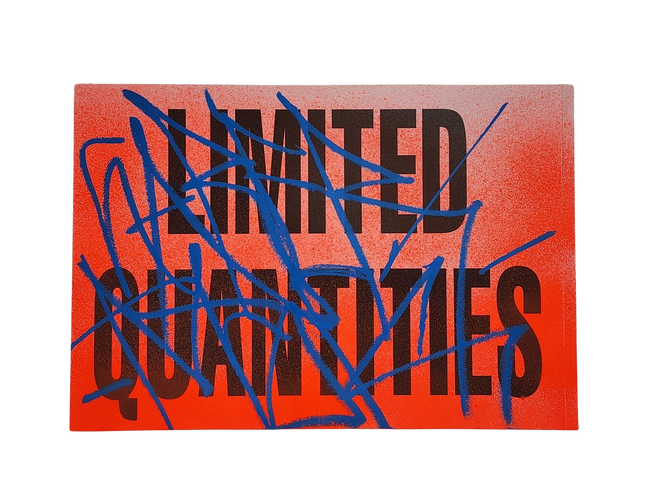
Saber Limited Quantities Slap-Up Label Sticker Original Tag Art by Saber
Limited Quantities Slap-Up Label Sticker Original Tag Art by Saber Original Spray Paint Art Drawing on Glossy US Flag Sticker by Graffiti Artist Modern Street Artwork. 2020 Signed by Tag Original Slap Up Graffiti Art 10x7 Neon Orange Spray Paint & Acrylic Paint Tagged on Limited Quantities Sticker. Saber's Signature Style and Medium The notion of exclusivity and scarcity often heightens the allure of an artwork, a concept that street pop art and graffiti artwork embody with particular zeal. In the realm of this artistic expression, the 'Limited Quantities' slap-up label sticker original tag art by Saber is a vivid exemplar of such rarity and desirability. This piece is a testament to the graffiti artist's signature style, where the urban landscape becomes a canvas for bold statements and visual disruptions. The artist, Saber, whose real name is respected in the street art community, chooses an everyday object—a glossy US flag sticker—and transforms it into a conduit for artistic expression. Measuring 10x7 inches, the work features neon orange spray paint and acrylic, a combination that Saber employs to create an arresting visual impact. The piece is a 2020 original, signed by the artist's tag, a mark of authenticity in the graffiti world. Saber's work is a dialogue between the artwork and its viewers. It is a conversation sparked by the vibrant hues and the vigorous, almost aggressive application of the tag that slices through the text 'Limited Quantities.' Using a slap-up sticker underscores the guerrilla nature of street art—fast, unexpected, and often fleeting. This mode of art-making aligns with the concept of limited editions; just as the sticker is quickly placed, it can be just as rapidly removed or covered, its existence as fleeting as the quantity it denotes. The Cultural Resonance of Limited Quantities in Modern Street Art In the culture of street pop art and graffiti artwork, the phrase 'Limited Quantities' speaks volumes. It is not just a literal indication of availability but also a symbolic nod to the transient nature of the genre. Street art is often at the mercy of environmental elements, city clean-up crews, or even other artists who may paint over a piece in the ever-evolving urban gallery. Thus, each work's existence is inherently limited, a transient moment of expression captured before it is altered or erased. Saber's piece serves as a literal and figurative marker of the times. In an age where consumerism often leads to mass production and replication, there is a growing appreciation for what is rare and unique. With its exclusive tag and vibrant spray paint on a glossy sticker, this artwork becomes a collectible item, a treasure hunt find for street art lovers and casual observers alike. The neon orange color, often associated with caution and high visibility, plays a dual role in this artwork. It demands attention, ensuring the message and the art cannot be ignored. Simultaneously, it satirizes the concept of caution by implying that the content, the 'Limited Quantities' of authentic street art, should be approached with reverence and awareness. Saber, an American artist, has contributed to the urban art scene and shaped the conversation around the value and significance of street pop art. Much like the 'Limited Quantities' slap-up sticker, his works reflect a societal commentary on the state of art, consumerism, and the politics of space and visibility. They are symbols of resistance, creativity, and the indomitable spirit of the street art movement. Saber's 'Limited Quantities' sticker is more than just a piece of graffiti artwork; it is a statement on street pop art's transient yet impactful nature. It is an emblem of the scarcity that often accompanies true creativity and originality in the bustling marketplace of ideas that is the modern cityscape. With each piece, Saber not only leaves his mark on the physical world but also imprints on the collective consciousness of a culture that continues to seek out the rare, the unique, and the authentic expressions of human experience.
$65.00
-
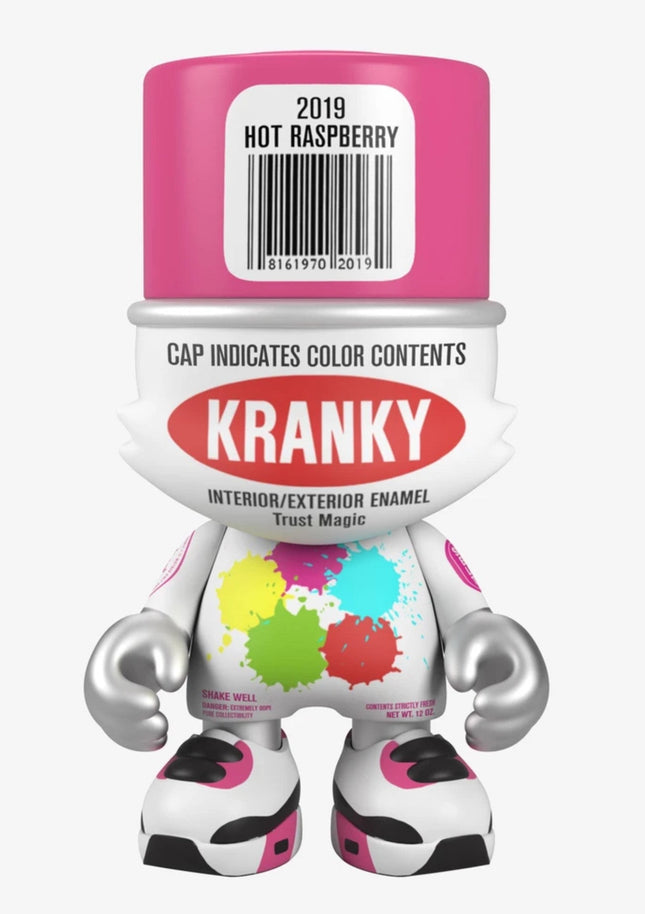
Sket-One Hot Raspberry UberKranky SuperPlastic Art Toy by Sket-One
Hot Raspberry UberKranky Limited Edition Superplastic Janky Vinyl Art Toy Collectible Artwork by Modern Design Artist Sket-One. 2021 Limited Edition Limited Run UberKranky Janky Superplastic Vinyl Art Toy.
$503.00
-
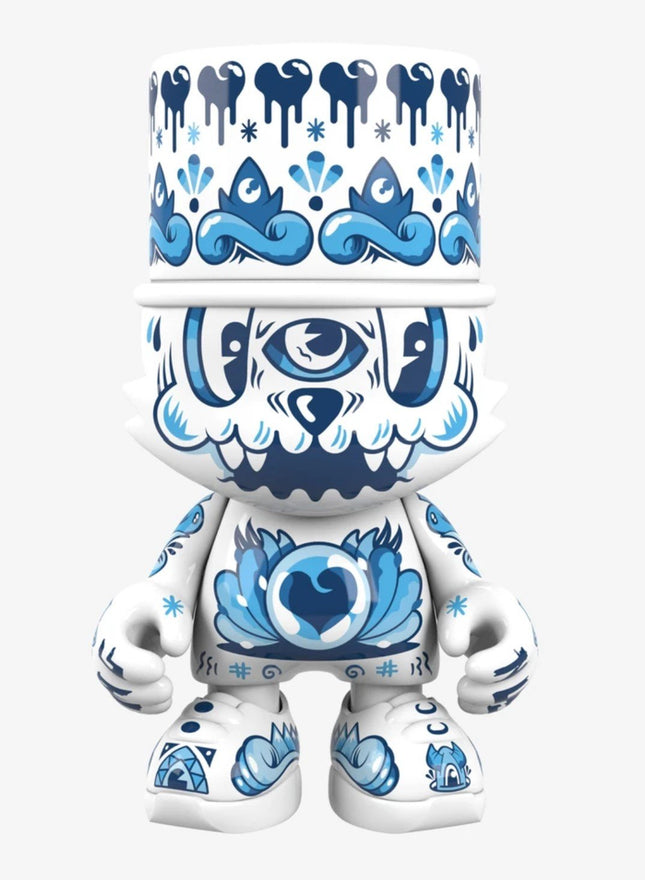
Add Fuel Magnus UberKranky SuperPlastic Art Toy by Add Fuel
Magnus UberKranky SuperKranky Janky SuperPlastic x Sket One x Add Fuel Limited Edition Vinyl Artwork Street Art Toy Collectable Figure 2021 Limited Edition Artwork Size 10x15 New IN Box, 1st in series, 15 inches of blue-tiled mural Kranky.
$539.00






